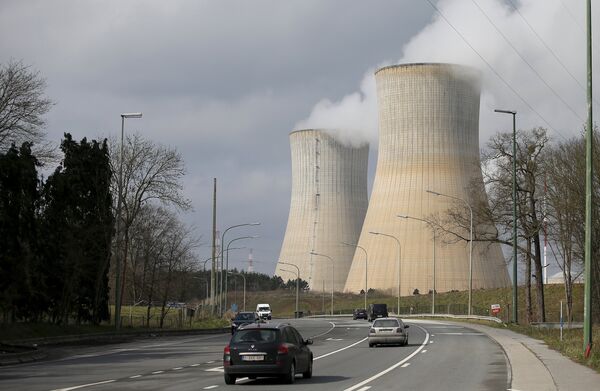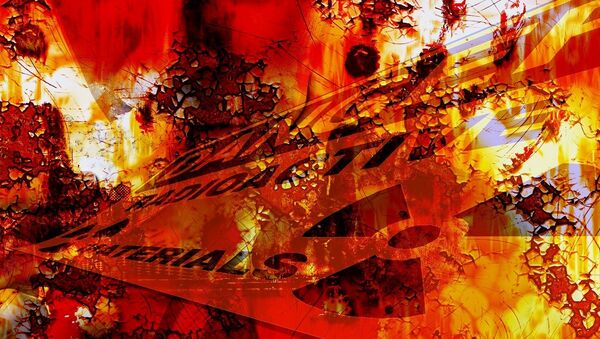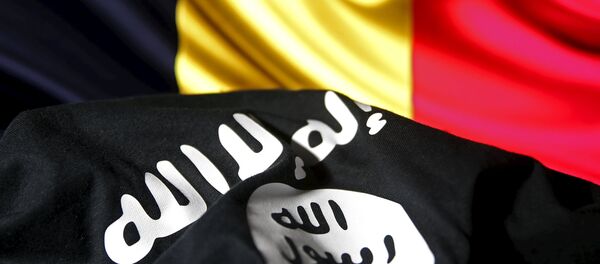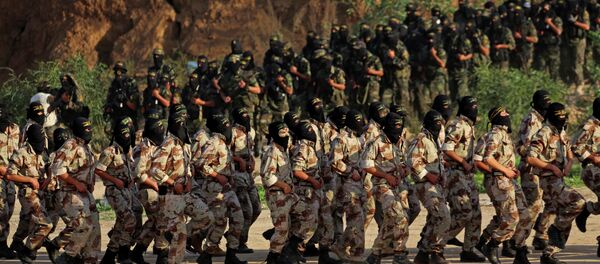It is said to contain two "sources of radioactivity" — namely atoms of caesium 137 and americium 241. The intensity of their emissions is relatively low, as long as they are embedded within the case.
Both caesium and americium, in effect, belong to the fourth category of risk on a 1-5 radioactive hazard scale, where 5 has the least dangerousness.
But that could change if the substances were taken out of their container: the Nuclear Security Council (NSC), in a statement, warned that tampering with the equipment and exposing the radioactive elements could be harmful to people.
When it comes to radioactive materials, tensions are running high across Europe, which is still shell-shocked from the Daesh attacks in Brussels and Paris.
Newly-emerged reports, in fact, revealed that Daesh, also known as ISIL, has toyed with the idea of going nuclear several times over the last few months.
In February, it was reported that some suspects linked to the Paris attacks had been monitoring the movements of a Belgian nuclear scientist for at least ten hours. It was hypothesized that Daesh could have planned to kidnap him to force him provide them with nuclear materials.

Such materials could be used, it is feared, to manufacture a so-called "dirty bomb" combining conventional explosive with radioactive substances.
More recently, it was found that a Belgian nuclear plant had been the intended target of an later-aborted Daesh incursion.
The growing menace from an unholy mix of Daesh and radioactivity is not lost on the top echelons of global power.
Thursday and Friday, over fifty heads of state will gather in Washington DC for a top-level summit on nuclear security. How to stop Daesh from getting hold of a dirty bomb will be one of the key items on the agenda.




